Continuing the biographical vignettes of the ladies who signed an 1882 Autograph book I found at a flea market. The young women were classmates at St. Mary’s Academy, a boarding school for girls on the campus of Notre Dame in South Bend, Indiana.
Katherine Wall was born on May 19, 1863 in Wall, Pennsylvania. It isn’t coincidental her surname was the same as her town. Kate’s father was Francis Xavier Wall, born in 1810 in County Londonderry, Ireland. He and his mother emigrated to the United States in 1822, following his father who made the transatlantic journey several years before.
The young Irish immigrant was industrious and ambitious. He began work at 18 as a teamster for the Pennsylvania Railroad Company and\ the Pennsylvania Canal. He was said to have a natural ability with mechanics. Using his skills, he secured a job as an engineer working on the steamboats that plied the Monongahela, Mississippi, and other rivers that took him throughout Appalachia, Georgia, Florida, and New Orleans.
Kate’s mother was Catherine Agnes Kelley, born in Ireland in 1828. Her family settled in Columbus, Georgia and it’s believed she and Francis married there in 1847, but I haven’t found a marriage record for them. Their first child, Anna Margaret, was born in 1848, so 1847 is likely since a first child frequently was born the next year. Columbus is on the banks of the Chattahoochee River, one of the waterways Francis Wall traveled as an engineer.
Francis and Catherine had at least eight children: Anna Margaret 1848, Isabel 1850, Michael 1855, Charlotte 1859, Francis Jr. 1860, Frances ‘Fannie’ 1862, Katherine ‘Kate’ 1863, and John 1869. All but Michael lived into the 20th century.
Francis purchased land in Allegheny County, Pennsylvania from family members who had previously settled there and founded the town of Wall, which still exists. It runs along the south bank of Turtle Creek, east-southeast of Pittsburgh. Throughout his life, Francis invested in businesses, stocks and bonds, bought and sold some properties and accumulated others. His initial purchases were in Turtle Creek and Wall, but he expanded to amass real estate in Pittsburgh, Kentucky, and Georgia, always paying cash. Francis Wall became an extremely wealthy man.
When Francis retired, he sold some of his land to the Pennsylvania Railroad where the Walls Station depot was built, the first in the area. This added to his already substantial wealth.
At his Springfield, Kentucky farm, he raised livestock and had a full stable of racing horses. Eastern Kentucky is still a go-to spot for horse racing. The first race of the annual Triple Crown, the Kentucky Derby, is held at Churchill Downs in Louisville. (The other two are the Preakness held in Maryland and the Belmont held in New York.)
In 1850, Francis’s real estate was valued at $13,000. (According to an average of several online inflation calculators, that’s around $532,998 in today’s money.) By the time Kate was born in 1863, her family was quite well off. Because I couldn’t find an account of the St. Mary’s Commencement for 1882, which is probably the year Kate graduated, I don’t have any information about her academic or fine arts accomplishments while there.
Katherine’s brother Francis, three years her senior, attended Notre Dame. In 1882, Kate would have been 19 and Francis 22. St. Mary’s students were as young as 12, so it’s likely she and Francis were on the ND campus at the same time at some point. I like to think it was through him she met her future husband, Ferdinand Emery Kuhn, who was Francis’s contemporary and a Notre Dame alum. This is conjecture, but it seems likely, whether it was on campus or simply through Ferdinand being a friend of her brother. My daughter brought a friend or two home on breaks from school and it’s not unreasonable to think they did the same in the 1880s. The building below would have been new when Kate attended.
Maybe Ferdinand and Kate went to the same musical performance, play, dance, or other campus get-together. Born in 1861 in Tennessee, Ferd, as he was familiarly known, was two years Kate’s senior. They were were married on April 15, 1884 in Springfield, Kentucky. Ferdinand would take Kate away from Kentucky to the heart of Nashville, Tennessee where she lived the rest of her life.
Their home on Terrace Place is the only original dwelling left standing in a two-to-three block radius. It’s now part of the Vanderbilt University campus and is a designated University Catholic House. A Catholic House provides a focal point for gatherings, study, and socialization for Catholic students. It sits immediately behind the Cathedral of the Incarnation.

Kate and Ferdinand had eleven children, at least two of whom died as infants: Catherine Agnes 1886, Francis Vincent 1887, Barbara Miller 1889, Casper Bernard 1891, Marie Clarke 1893, infant son 1895, Ferdinand Emery III 1896, Oliver Wall 1899, Richard Dudley 1900, infant son 1902, and Paul Hubert 1904.
In July of 1896, Francis Wall, the family patriarch, was 86 years old but still relatively spry and continued to manage his numerous business interests. If a family member suggested assistance, Francis vehemently informed them he was quite capable and wanted no help, thank you.
During the first days of July, he traveled by train to Pennsylvania to meet with representatives of the Pennsylvania Railroad regarding a $50,000 real estate deal for property he still owned in Wall that adjoined the existing railroad yards. The Railroad wanted to expand their operations and an agreement had been decided upon that would be lucrative for Francis Wall.
I wonder what the depot looked like on that July 4 as Francis’s train pulled into Walls Station. He got off the train and stepped along the track preparing to cross it, despite what newspapers reported as significant hearing impairment and poor eyesight. A train was shifting in the yard at the time on the same track. Alarmed by Francis’s sudden appearance, the conductor frantically signaled but the elderly man didn’t hear it. The train couldn’t stop swiftly enough and Francis was struck and killed. Based on public reports, which were not shy about startlingly graphic descriptions, it was gruesome. Unfortunately, some of Francis’s relatives who lived in the Wall and Pittsburgh area had gathered by the tracks to greet him and witnessed the accident.
Francis’s remains were taken to Pittsburgh where his great-nephew, Frank Larimer, identified him. I’m not sure why he wasn’t identified there in Wall, but it could have been none of the family wished to try or a person with authority to validate the identification wasn’t present. The Pittsburgh Post Gazette reported that his family had often pleaded with him not to travel alone, but Francis sternly refused saying he could take better care of himself than someone else could. In his coat pockets were found land documents, a large roll of cash, and a check for $1,100 written to himself.
Francis’s will is several pages long. According to the Nashville Banner article of March 19, 1897, the will had to be probated in Louisville because of the vast amount of properties, investments, and cash being allocated even after all debts were paid and smaller bequests to extended family were completed. Following are some of his directives for his family.
To Kate, he left all his Louisville interests, including 55 acres of land in the city of Louisville near the Ohio River. Very valuable property today and probably at the time as well. She also received $1,300 cash.
To Michael (who died ten months after his father) he left a 140-acre farm in Washington County, Kentucky, $1,500 of bank stock, and a $1,000 Washington Co. bond.
To his youngest son, John, he left a 225-acre farm in Washington Co. and a $1,000 county bond.
Charlotte, ‘Lottie,’ received the family home estate which comprised 230 acres. Francis stated he did so because Lottie had many children (in 1896, she had 11 of 13) and he wanted them to be close to schools and churches. She also received $5,500 cash. Ben Simms, Lottie’s husband, was given Francis’s stock in the Washington County Agricultural Association.
Frances, ‘Fannie,’ received all real estate holdings in Columbus, Georgia plus $4,000 in cash.
To son Francis, he left all real estate lots in Spring Hill, an area immediately west of Wall, and $2,000 cash. This had potential for future sale to the railroad for big money.
Isabel inherited the Central Hotel property on the southeast corner of the intersection of Main & Cross Main streets in Springfield as well as the Broyles Blacksmith Shop on Main Street.
The location of this bequest was specific enough that I had a gander at the old Sanborn insurance maps and tracked the course of the property through map updates. The building on that corner was a saloon with a dwelling behind it in 1886. In 1893 it was still a saloon with an added barber shop and indicates there are two floors and a basement. It’s listed as the same in 1898, two years after Francis’s death. Saloons often had guest rooms on the upper floor which the mapmaker sometimes labeled and sometimes didn’t. Since Francis calls it a hotel, and we know there was a second floor, the upper floor probably was functioning as a hotel when he wrote the will.
This theory is bolstered on the 1903 map when the main floor contained a barbershop and “sample rooms.” These were the equivalent of today’s showrooms. Traveling salesmen stayed in the guest rooms on the upper floor (the hotel) and used the first floor sample rooms to display their wares for local merchants to browse, ask questions, and make purchases.
The ‘Sample Rooms’ label, plus those of ‘Dining Room’ on the main floor and a ‘Kitchen’ in the basement, is a good indication this was a hotel. The saloon had been relocated to the adjacent property. In 1903 and 1909, it was labeled ‘Walton Hotel.’
The corner where the Central Hotel was located is the only one where the old buildings don’t survive. It’s now home to the very new appearing county judicial center. The old courthouse opposite it is now the Lincoln Legacy Museum. The 1920s photo below states the marriage license of Thomas Lincoln and Nancy Hanks is preserved in the museum.
Francis left to each of two of his granddaughters, Maggie Simms (Lottie’s daughter) and Catherine Agnes Kuhn (Kate’s daughter), a house and lot in Springfield. He designated $2,000 to be used to commission a granite monument for his grave.
The will then goes on to say the bulk of Mr. Wall’s property is located in Pittsburgh. This boggles the mind a little after reading through the properties already listed plus others I’ve not listed. He stipulated that a large land holding in Pittsburgh be sold in precisely seven years’ time with the proceeds divided among his surviving children. Francis was a sharp fiscal planner. Delaying the sale of that parcel, which would only increase in value, would provide another influx of cash to his children in the future. Kate’s husband Ferdinand was named as one of the executors of his estate, along with his son Francis and son-in-law Benjamin Simms.
Kate’s mother, Catherine Agnes Kelley Wall, died in 1904 at her home in Springfield after a lengthy gastric illness. She is described as “one of the wealthiest citizens of Washington County,” and possessed of great strength of character and a bright mind, managing her own business affairs with impressive ability. Her will was also of significant value and since it was prepared in Tennessee, it was sent there for probate.
Ferdinand was often in the papers for his business associations, community service, as well as descriptions of his and Kate’s children’s birthday parties, recitals, and appearances in church programs. For example, on December 16, 1899, the Nashville Banner printed children’s letters to Santa; one from Kate’s daughter Marie was included.
Over her decades living in Nashville, Kate served as vice president of the Americanism League, vice president of the Traveler’s Aid, and was an active member of the Ladies Hermitage Association and the Ladies of Charity.
Ferdinand Kuhn died at 68 on March 17, 1930 at St. Thomas Hospital in Nashville.
Ferdinand graduated from Notre Dame in 1885 with highest honors. While there, he was captain of the rowing squad. Maybe Kate attended some of the rowing meets when she was there. He was a founder and President of Kuhn, Cooper, & Geary Company, a shoe and hosiery business. He retired a few months prior to his death.
Newspapers dubbed him “Father of the Knights of Columbus” in the South. He had organized the first chapter in Nashville and worked to extend the fraternity further south. He was a member of the Civitan Club and served as president of the Nashville Baseball Club, including in 1908 when the Nashville Vols won the Southern League pennant.
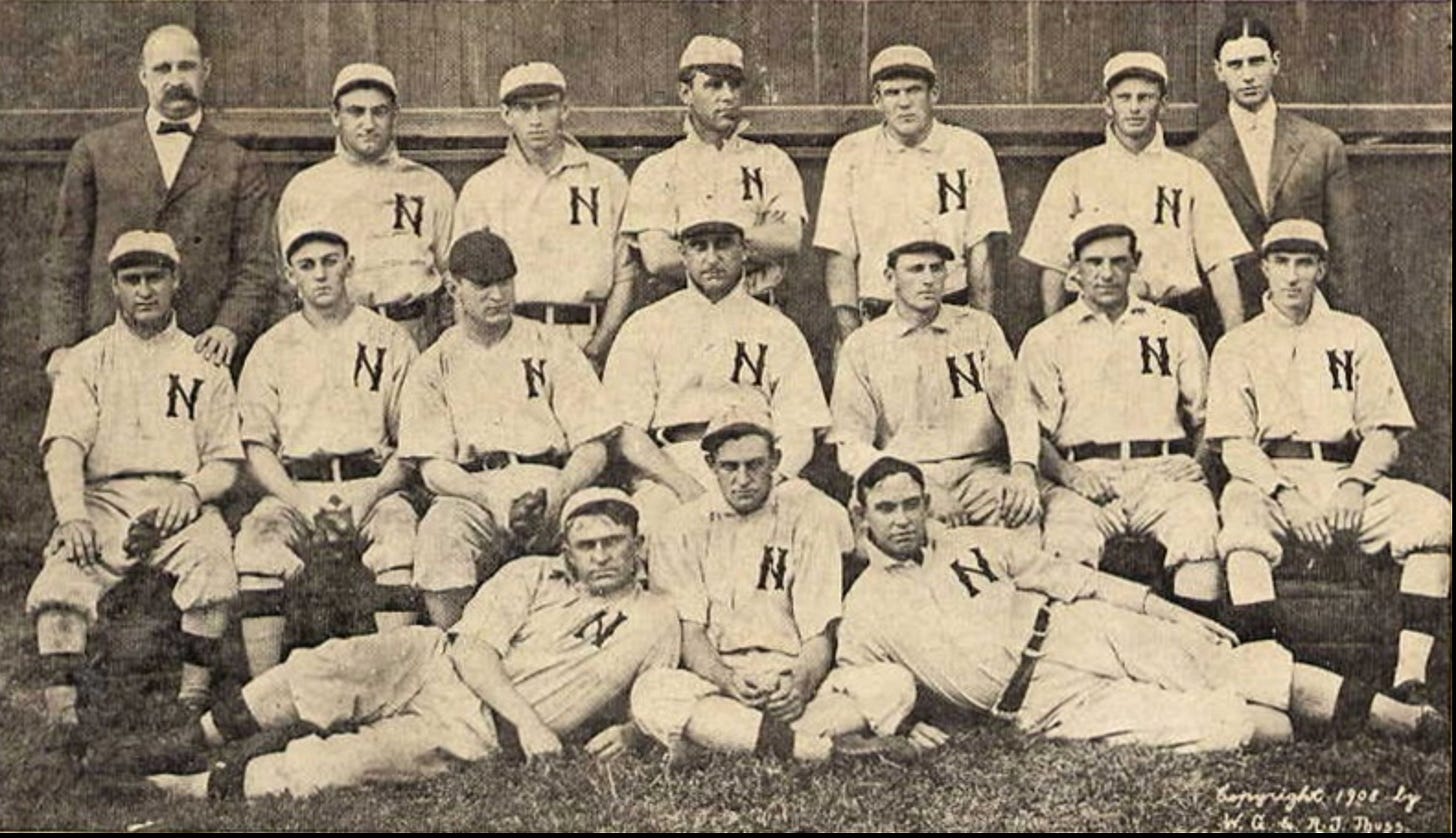
The Tennessee Association for the Relief of Ex-Convicts mourned Ferdinand’s loss in the Nashville Banner, saying he had been a loyal member of the Board since its inception. The Tennessee Tuberculosis Association and the Davidson County Anti-Tuberculosis Association closed their doors for the day of Ferdinand’s requiem. He was the first president of the Tennessee association and served as State Director for eighteen years and County Director for twenty-two.
In 1940, several of the Kuhn children lived with their mother in the family home on Terrace Place. Their father, Ferdinand, had been gone for ten years. Kate was the documented Head of Household. Living with her were five of her children: Francis (a government inspector), Barbara, Casper (Electrical Technician) and his wife Aida (Retail Saleslady), Marie, and Dudley (Production Control Clerk). Their ages ranged from 39 to 52 at the time. Of the other Kuhn children: Ferdinand III lived in Pontiac, Michigan; Oliver in Tampa, Florida; and Hubert in Chattanooga, Tennessee. Ferd’s mass was held at the Cathedral of the Incarnation, behind his home, and he was interred in Calvary Cemetery.
Kate died at 79 on April 5, 1943. Her cause of death was given as a 3-day episode of hypostatic pneumonia with secondary causes senility and paraplegia. These conditions are probably the explanation for her children living with her. Hypostatic pneumonia occurs in those who are bed bound or whose mobility is severely impaired. Her obituary says she’d been seriously ill for three weeks. The pneumonia likely had been developing for some time due to inactivity but was outwardly manifested over her final days. The paraplegia diagnosis is an indication of her immobility, and her obituary says she’d been an invalid for eight years. Senility would further complicate her conditions. Kate needed support and assistance, and her family was clearly willing to provide that care. Her requiem was also held at the Cathedral of the Incarnation with interment in Calvary Cemetery.
What became of the Wall siblings?
Anna Margaret’s path in life is silent save for the 1850 and 1860 censuses. I’ve seen vague mention of her having become a nun, but I have no documentation of that, or of anything else. She may have died young, which seems the most likely since she isn’t mentioned or named as a survivor or participant in any other documents related to her family members. She simply vanishes from the record after 1860 when she was 12 years old.
Michael died in Louisville on May 21, 1897 of tuberculosis. He was 41. I wonder about Michael’s health status during his life and how long he may have suffered from the disease. His father’s involvement in the tuberculosis foundations may be pertinent. Another indication Michael may have long been in ill health is that Francis Sr.’s will appointed his son Francis as trustee for Michael who was at least in his late 30s or was 40 by then. His Louisville death record gives only Sts. Mary & Elizabeth Hospital as his residence and indicates he died of tuberculosis in the Monitoring and Evaluation ward. Michael never married and is largely absent from records.
After months of illness, Charlotte ‘Lottie’ died August 23, 1927 at her home on Grundy Avenue in Springfield, Kentucky. Her obituary says she was educated at St. Catherine Academy and the Ursuline Convent in Ohio, unlike her sister Kate who attended St. Mary’s. She married Benjamin Simms at age 16. They had 13 children. Phil Simms, a former quarterback for the New York Giants, is the great-great-grandson of Francis Wall through his daughter Charlotte ‘Lottie’ Wall Simms. I think there is a resemblance. Phil Simms was born in Springfield.


In 1870, daughter Frances ‘Fannie’ Wall was living with the family of John & Mary Quinn, some of her mother’s kin, in Columbus, Georgia. In 1894, Fannie is listed in the Columbus city directory as an assistant at Swift’s Mill. Frances never married. She died of cerebral hemorrhage due to a stroke on May 29, 1928 at Kate’s home in Nashville. She lived in Springfield at the time and was visiting Kate when she died.
Isabel also never married and also died at Kate’s home on February 15, 1930. (This was a hard year for Kate; her husband would die only one month later.) Like Fannie, Isabel lived in Springfield. She had come to visit Kate when she fell ill; the illness lasted four months before she died. Isabel enjoyed travel; her photo was included on her passport application of June 1, 1924.
Francis X. Wall, Jr. died of cerebral hemorrhage on February 6, 1935 at 74 years of age. He worked as a custom house employee until 1890 when he was promoted to Secretary Clerk for the L&N Railroad. He maintained his position there until retirement.
John Wall died on November 15, 1945 at age 75. He never married and the existing record implies he also struggled with mental illness on some level. He died in the Central State Hospital in Louisville of bronchopneumonia with a contributory cause of Senile Psychosis. He wrote a will the year prior to his death, leaving his large farm in Springfield to Madeline Spaulding Moraja. She and her husband lived very near Wall family members in Springfield, so she must have been a close friend. The will was clearly written with difficulty due to numerous errors. The family may have questioned it since it was sent to Marion County, where John had lived for many years, to be compared in court with samples of his known handwriting. The judge determined it was John’s own writing.
The Wall family legacy was rich both monetarily and in community service. Their name will live on in the small Pennsylvania town on Turtle Creek.

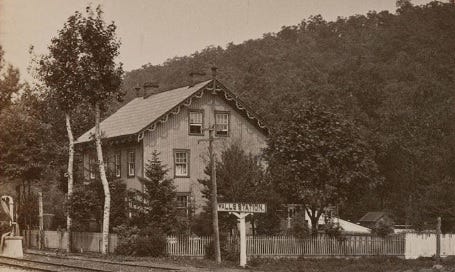



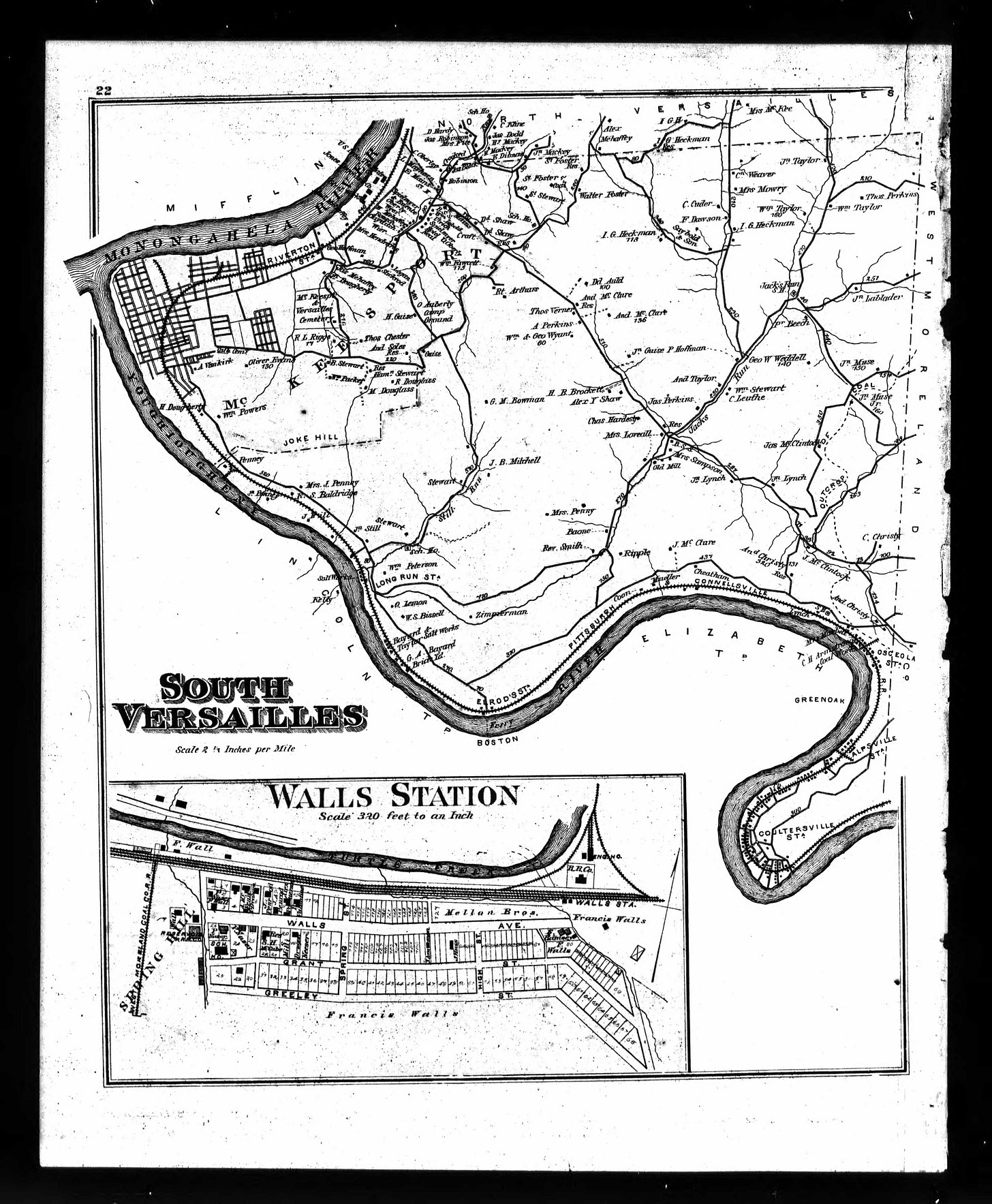
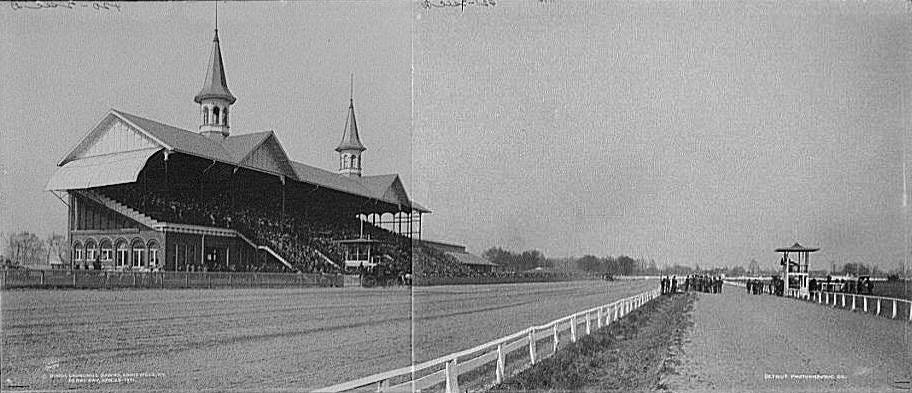
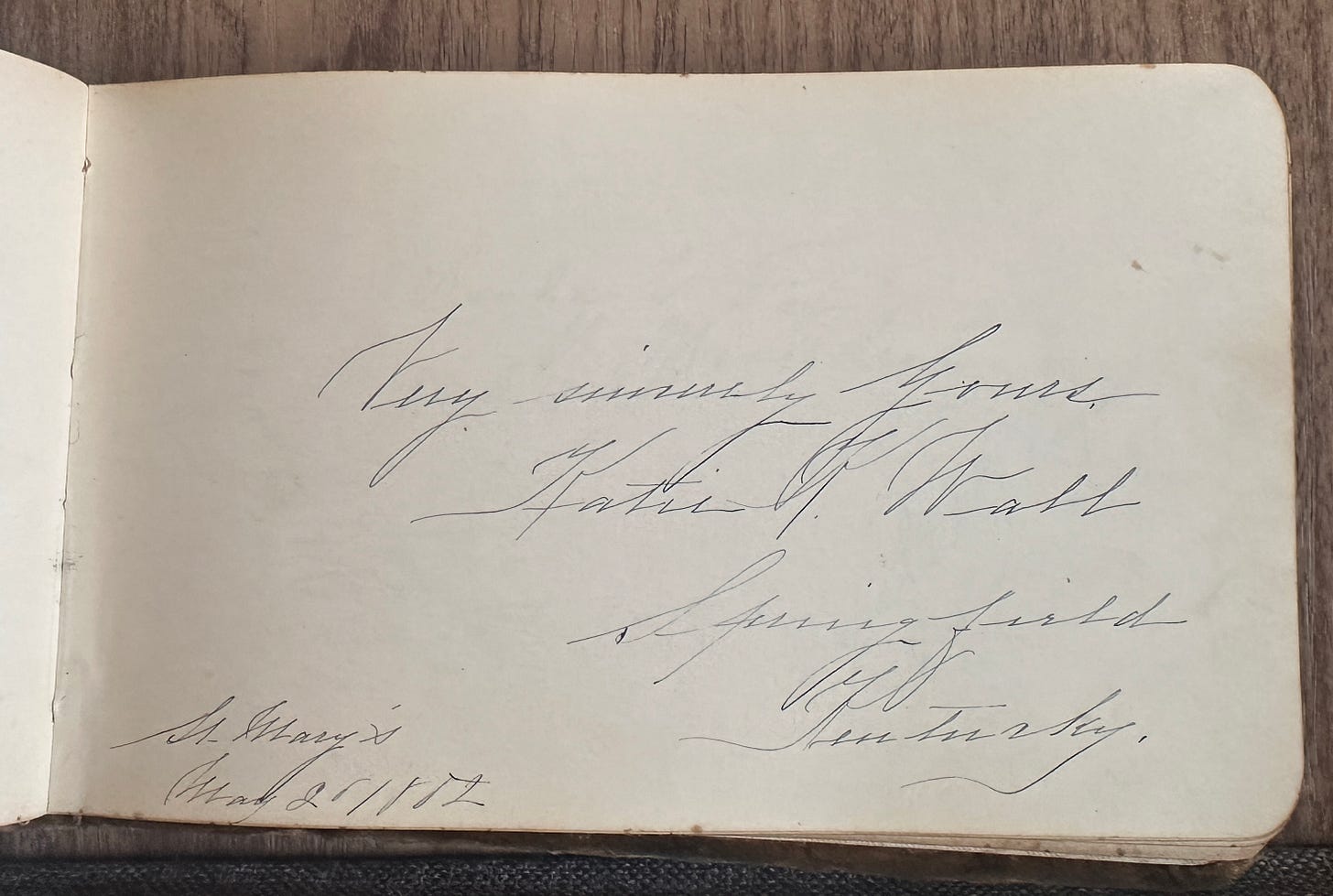




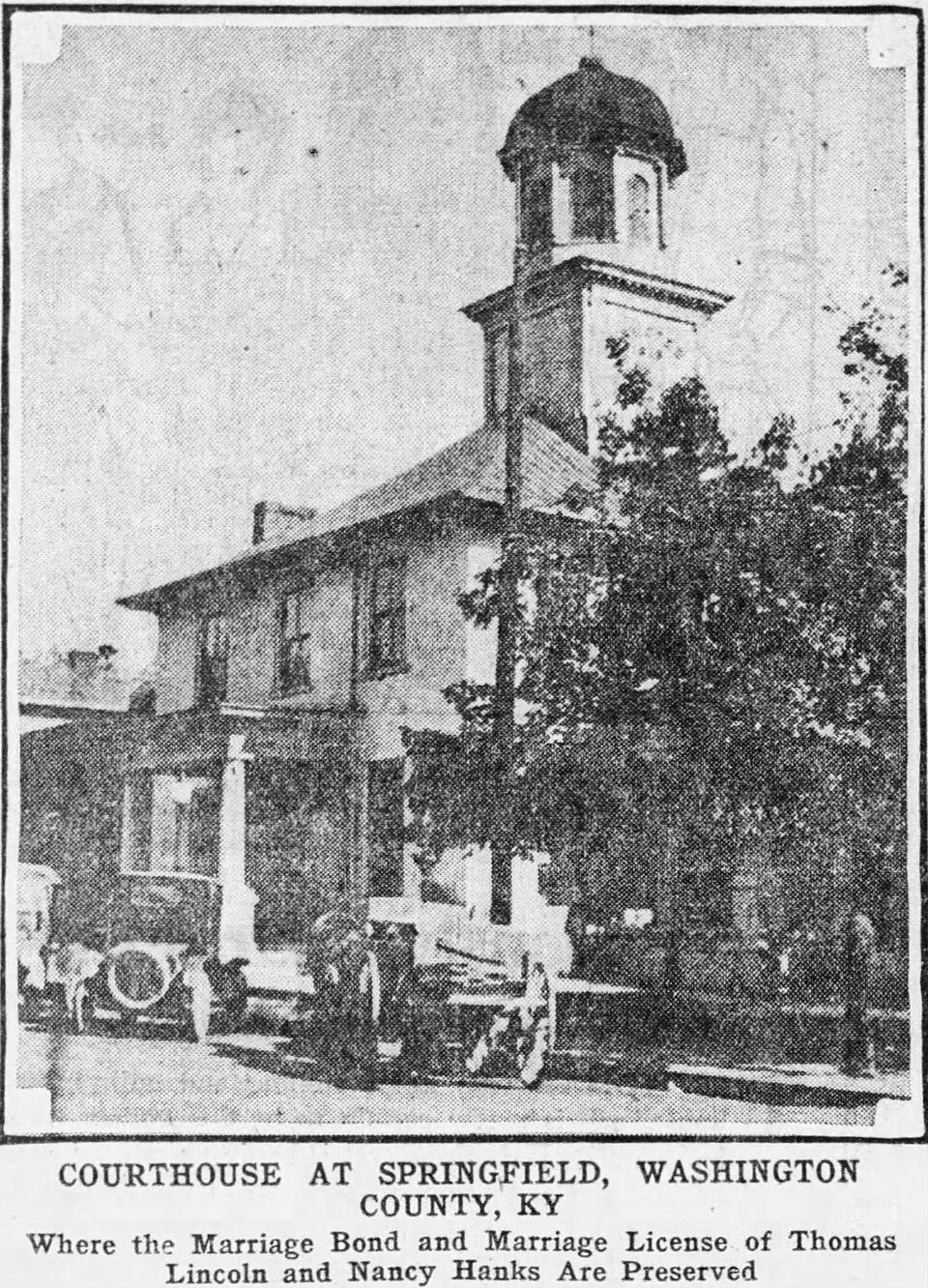



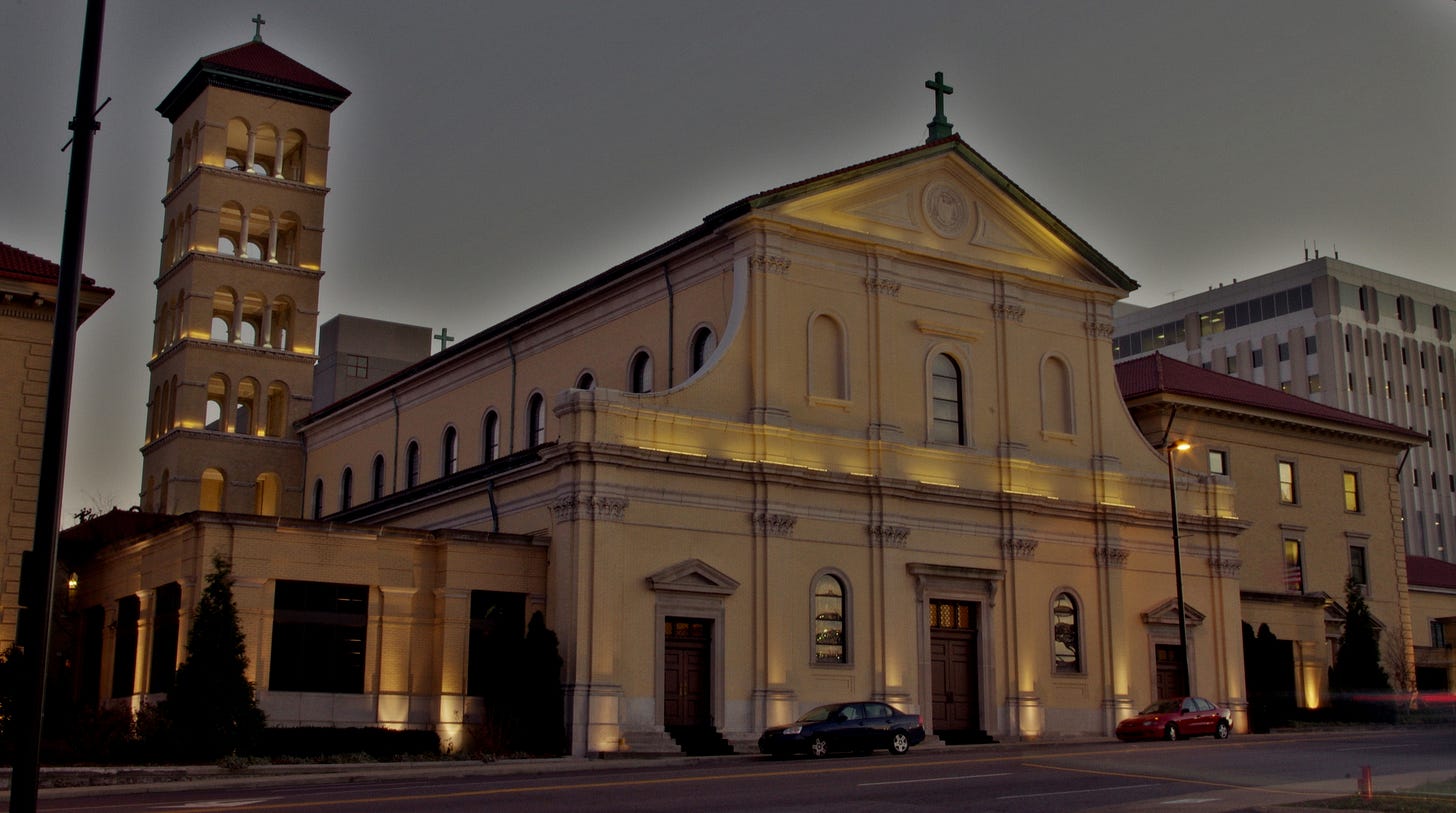


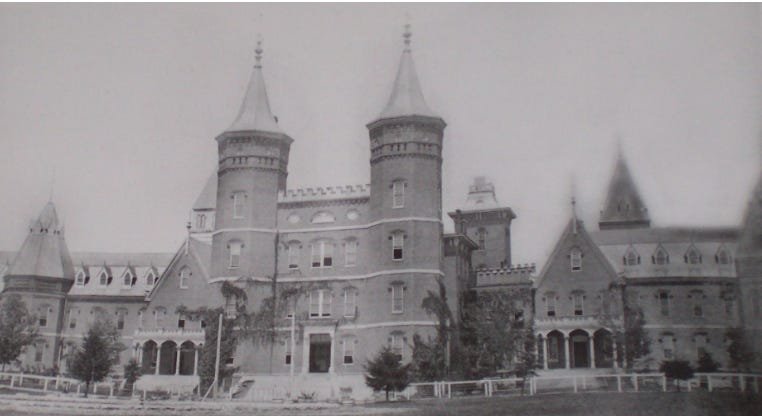
Love this series. I have my grandmother’s 1924 yearbook from the teachers’ college that she attended. Every young women in her class signed their name next to their photos. I always thought it might be neat to something similar… perhaps a future project. Thanks for the inspiration.
Nicely done.